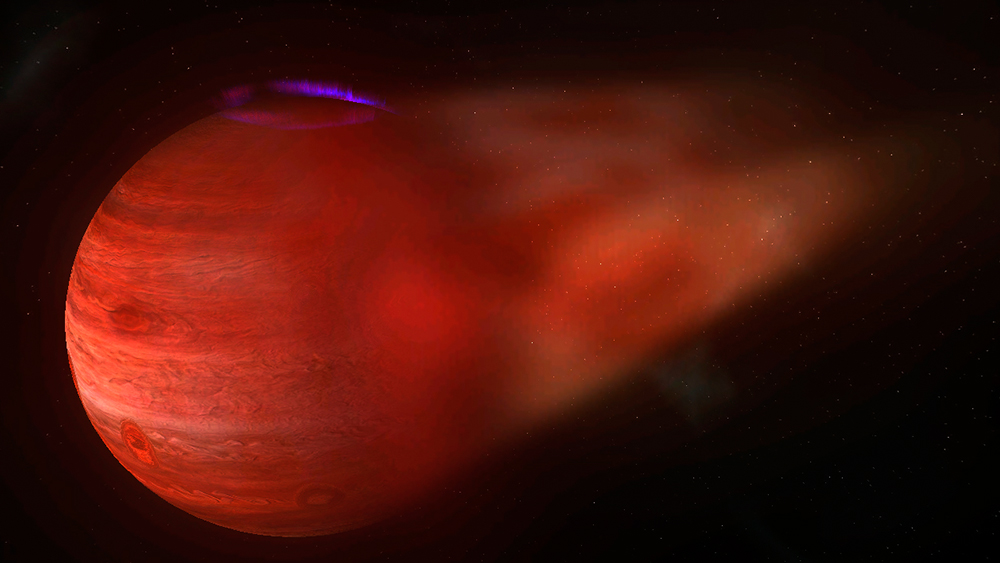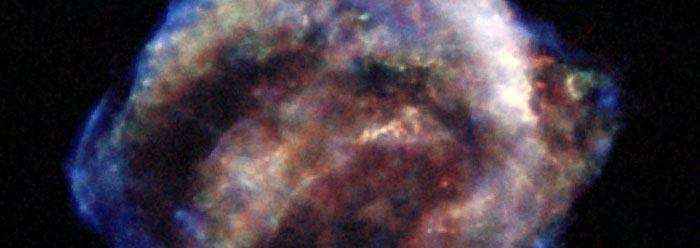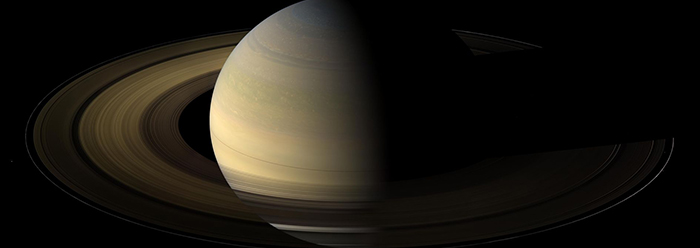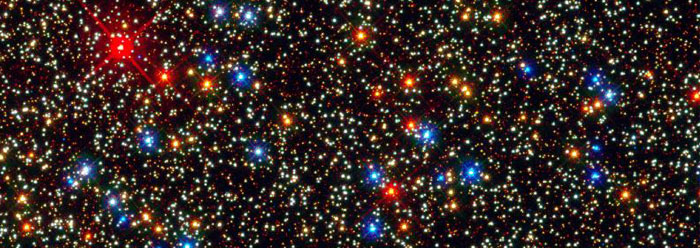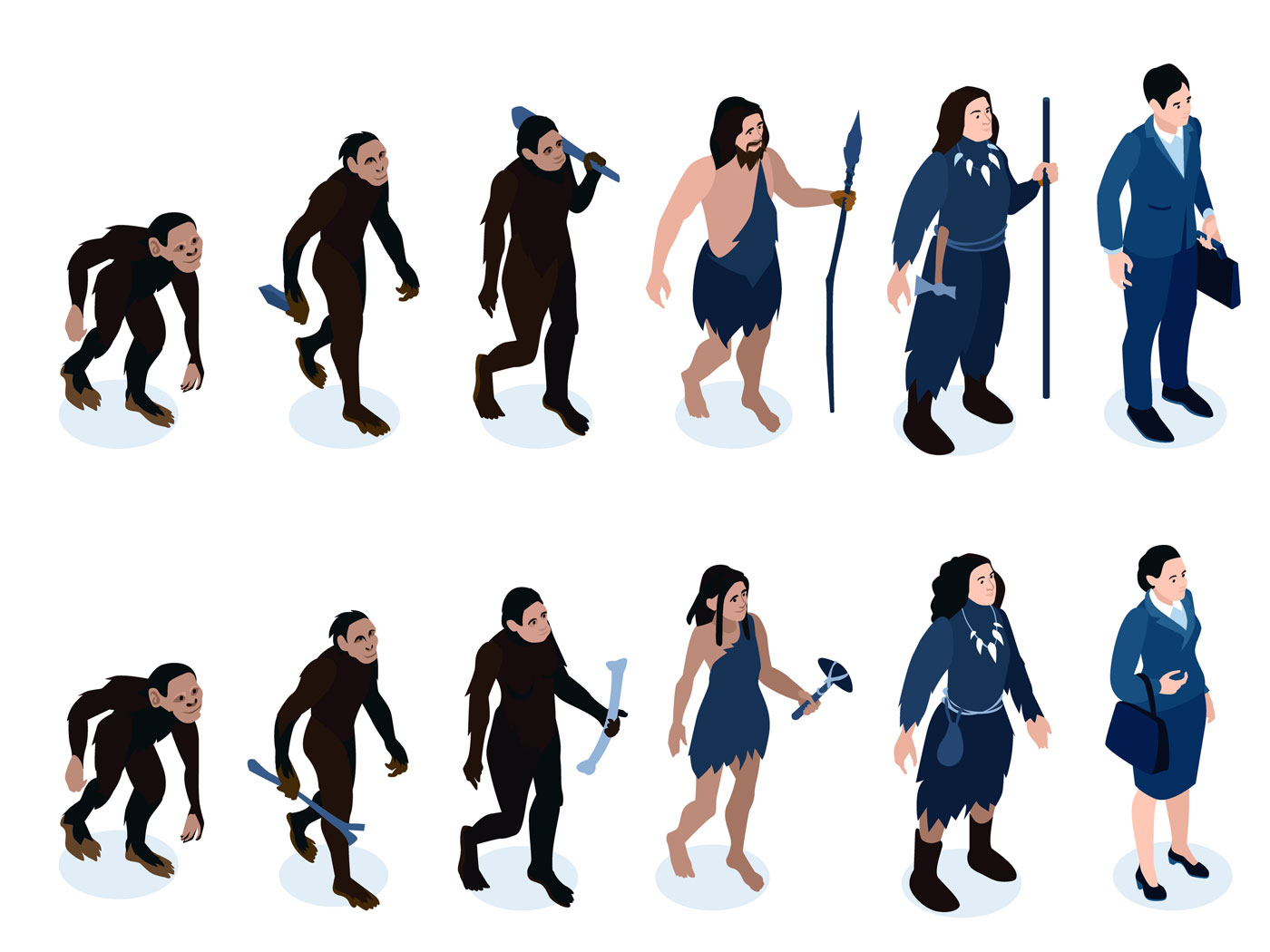Astronomers call these planets “hot Jupiters” because they are rather large planets with masses comparable to that of Jupiter, and their nearness to their host stars causes them to have high temperatures.
This particular “hot Jupiter,” designated as NGTS-10b, is about 1,000 light-years from Earth.2 Planets with smaller orbits take less time to go around their host stars than do planets with larger orbits. NGTS-10b orbits its host star in just 18 hours! Or to put it another way, the length of its year is less than one Earth day!1,2 This is the shortest orbital period yet observed for an “ultra-short period” hot Jupiter planet.2
Dr. Daniel Bayliss, one of the astronomers making the discovery, said,
Everything that we know about planet formation tells us that planets and stars form at the same time. The best model that we’ve got suggests that the star is about ten billion years old and we’d assume that the planet is too. Either we are seeing it in the last stages of its life, or somehow it’s able to live here longer than it should.2,4
The suggestion that the planet can “somehow” remain and “live” at this distance from the star “longer than it should” seems odd. Why would astronomers not just simply accept that the planet is in its last stages of its planetary “life”? Why even bring up the possibility that some unknown process could preserve the planet at this destructive distance for a long time?
The reason involves secular astronomers’ belief in billions of years. Scientists estimate that hot Jupiters so close to their parent stars will be destroyed in millions of years. In this particular case, they estimate that NGTS-10b will be destroyed in 38 million years, although there is considerable scatter in this number.1 This is a long time, but it is only a tiny fraction of the ten billion years of this planet’s supposed lifetime. For this reason, it seems unlikely that astronomers would be “lucky” enough to observe hot Jupiters in their death throes:
Back in 1996, when the very first hot Jupiters had been discovered, Fred Rasio (Northwestern University) and his colleagues predicted that their orbits could very slowly decay due to tidal interactions with their parent stars. However, the rapid change in WASP-12b’s orbital period implies that we’re observing the planet at the last moments [here “moment” means a million years!] of its inspiral. That might seem a rather improbable coincidence, but David Latham (Center for Astrophysics, Harvard & Smithsonian) says, “one such case could be the result of a lucky accident.”5 [comment by author]
Perhaps this single case is a lucky accident. However, astronomers have detected several hot Jupiters that apparently have already started their “death spirals” into their host stars.5-9 This is true even for hot Jupiters having periods longer than a day, such as WASP-12b, mentioned in the above quotation.5 Some of these planets have undergone measurable decreases in the lengths of their orbital periods.5,9 One such hot Jupiter is thought to only have 550,000 years left before it is destroyed!8 And there could potentially be many more dying hot Jupiters that we simply don’t know about yet.
Dr. Bayliss noted,
We are either very lucky to catch them [“hot Jupiters”] in this short period orbit, or the processes by which the planet migrates into the star are less efficient than we imagine, in which case it can live in this configuration for a longer period of time.”2
Yes, perhaps we are “very lucky.” And it should be acknowledged that hot Jupiters are relatively easy for astronomers to detect. But if a “selection effect” is a sufficient explanation for the observation of multiple “dying” hot Jupiters so close to their host stars, why would astronomers talk about being “very lucky” to see them? And why would they make the ad hoc suggestion that these planets can “somehow” remain close to their host stars for longer than expected?
Clearly, multiple ultra-short period hot Jupiters this close to their host stars surprised secular astronomers. Hence, the ad hoc suggestion that they can “somehow” remain close to their host stars for long ages. Of course, there is another possibility they seem unwilling to consider. Perhaps these hot Jupiters and their host stars simply are much younger than secular astronomers assume. If our universe is young, it wouldn’t be at all surprising to observe multiple hot Jupiters having already begun their death spirals. Their orbital decay, even when measurable, would still cause very little change in these planets’ orbits in 6,000 years, even if God originally placed them very close to their current locations.
This is not the first time secular astronomers have been surprised that they were “lucky” enough to observe changes that should, over billions of years, be very short-lived.10-12
Observations of hot Jupiters so close to their host stars makes more sense if the stars and planets are young instead of old, just as we would infer from a straightforward reading of Scripture.
References
1. McCormac, J. et al. 2020. NGTS-10b: the shortest period hot Jupiter yet discovered. Monthly Notices of the Royal Astronomical Society. 493 (1): 126-140.
2. 18-hour year planet on edge of destruction. Warwick News & Events. University of Warwick. Posted February 20, 2020 at warwick.ac.uk, accessed February 28, 2020.
3. Technically, it is the difference in the strength of gravity on the planet’s near side and on its far side that can tear the planet apart.
4. Secular planet formation theories do not allow for Jupiter-like planets to form close to their host stars, so secular astronomers must assume these giant planets started out much farther away and then migrated inward.
5. Schilling, G. Planet WASP-12b Might Be on a Death Spiral Into Its Parent Star. Sky & Telescope. Posted September 3, 2019 at skyandtelescope.org, accessed February 28, 2020.
6. Beatty, K. Watching a Planet’s Death Spiral? Sky & Telescope. Posted October 12, 2010 at skyandtelescope.org, accessed March 9, 2020.
7. Dockrill, P. Astronomers Have Discovered a Potential New Planet Locked in a Death Spiral. Science Alert. Posted June 10, 2016 at sciencealert.com, accessed March 9, 2020.
8. Rice, D. Distant, massive planet spirals toward a fiery death into its sun. USA Today. Posted March 24, 2017 at usatoday.com, accessed March 9, 2020.
9. Jones, D. et al. 2018. Evidence of a Decreasing Orbital Period for the Prototype Hot Jupiter System HD 189733: Implications for the Angular Momentum Evolution of Hot Jupiter Systems. Research Notes of the American Astronomical Society. 2 (1): 36.
10. Hebert, J. 2015. The Hubble ‘Pillars of Creation’ Revisited. Creation Science Update. Posted on ICR.org January 19, 2015, accessed February 28, 2020.
11. Hebert, J. 2013. Youthful Solar System Bodies Puzzle Evolutionary Scientists. Creation Science Update. Posted on ICR.org February 13, 2013, accessed February 28, 2020.
12. Thomas, B. 2019. Saturn’s Ring Rain Rates Run Fast. Creation Science Update. Posted on ICR.org January 15, 2019, accessed February 28, 2020.
Stage image: Artist conception of a "hot Jupiter" being destroyed.
Stage image credit: Copyright © Nolesh. 2019. Used in accordance with federal copyright (fair use doctrine) law. Usage by ICR does not imply endorsement of copyright holder.
*Dr. Jake Hebert is Research Associate at the Institute for Creation Research and earned his Ph.D. in physics from the University of Texas at Dallas.




